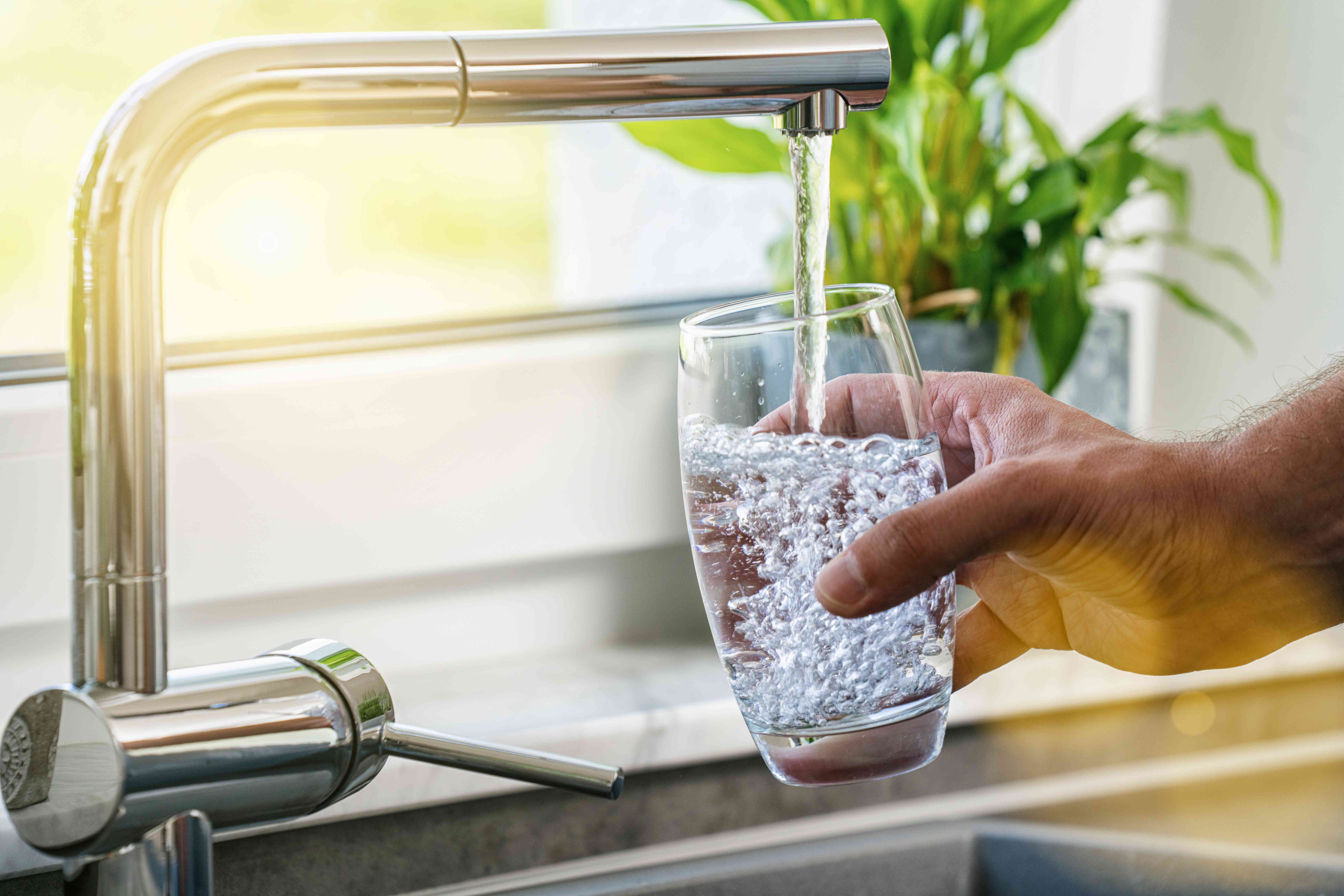The Municipality protects, treats and delivers safe drinking water. We are required by Nova Scotia Environment and Climate Change (NSECC) to enforce the installation of Backflow Prevention (BFP) Devices on water service lines where there is greater potential for backflow.
Backflow Prevention Devices
The Municipality’s first step in our Cross Connection Control Program is to monitor the installation and maintenance of BFP devices to minimize risk of a potential contaminant entering the distribution system
BFP devices are required in the Municipality of East Hants.
Program Definitions
Cross Connections: Any actual or potential connection between a potable water system and any source of pollution or contamination
Backflow: A flowing back or reversal of the normal direction of flow
Backflow Explanation: A backflow occurs when there is a difference in pressure (back pressure or back siphonage) in a continuous fluid system (i.e. your municipal water supply). Once backflow or back siphonage has ended, the flow of water in the distribution system will return to normal. Any backed water will now flow forward in the distribution system. Depending on how far back the contamination was pushed, it could be re-distributed to drinking water taps elsewhere on the property or to other properties in the neighborhood. When this water is re-distributed to drinking water taps, it may no longer meet the water quality standards that it did when it left the water treatment plant.
Back Pressure: Pressure higher than the supply pressure
Back Pressure Explanation: Pressure from a boiler or other pressurized system can overcome the pressure of the distribution system. Water from the boiler will be pushed back into the pipes of the distribution system, along with any chemical additives or bacteria that may have accumulated in the boiler
Back Pressure Examples:
- Boost pumps
- Boilers with increased temperature
- A private water supply system inter-connected with public water supply systems
- Elevated tanks or other water pressure altering scenarios
Back Siphonage: Backflow caused by pressure below atmospheric in the supply system.
Back Siphonage Explanation: Sometimes large water use in one part of the distribution system can result in less delivery pressure in another part of the distribution system. The delivery pressure drops so low that it is actually negative. Water is sucked back into the pipes of the distribution system along with any pollution or contaminants.
Back Siphonage Examples:
- Breaks in a water main
- Drainage of the water supply system for repairs
- Shut-off of high-raised water supply
- Nearby fire fighting
In East Hants, backflow prevention devices are required on buildings where there is a greater potential for backflow and contamination to the water supply.
These include:
- Industrial, commercial and institutional buildings
- Apartment buildings with more than four units
- Sprinkler service lines
It is the customer’s responsibility to ensure that all backflow prevention devices must be tested upon installation and annually thereafter. If the assembly fails its test, maintenance or repair is immediately required. The assembly must be retested immediately after any repairs, maintenance, or when the assembly has been removed, reinstalled or changed locations.
Backflow prevention assemblies must be annually tested, at minimum, because they have internal seals and springs that are subject to wear or fatigue.
East Hants Rules and Regulations specify that the Municipality may give notice to correct any non-compliance with the Cross Connection Control & Backflow Prevention section of the schedule. This includes the annual testing of BFPs. As a last resort in cases of non-compliance, the Municipality may suspend water service. We will always prefer to work with the property owner towards a solution, but backflow hazards will be taken seriously as they are potential risks to public health.

